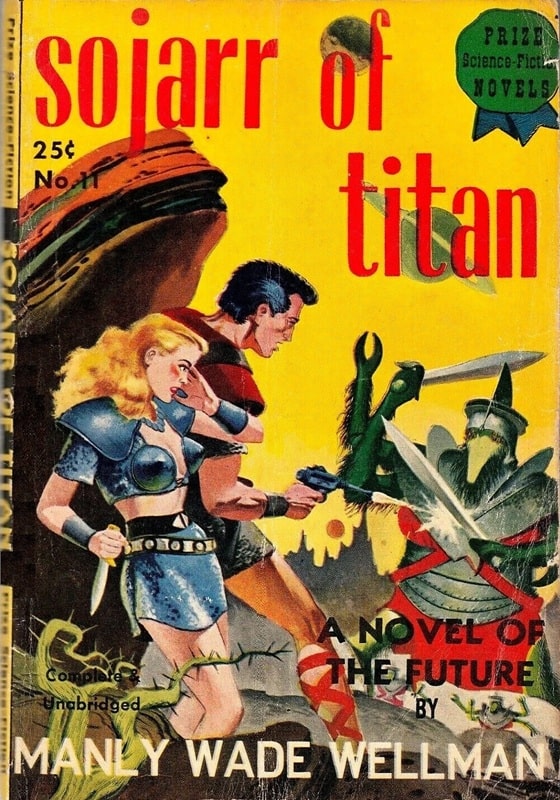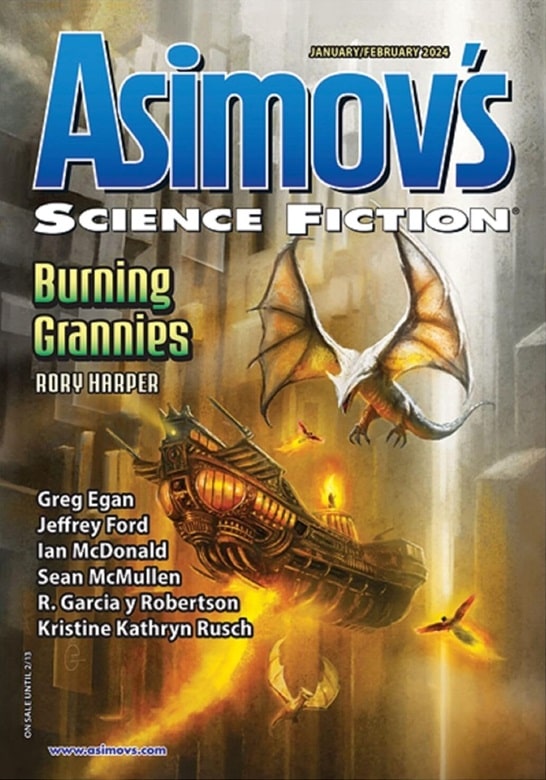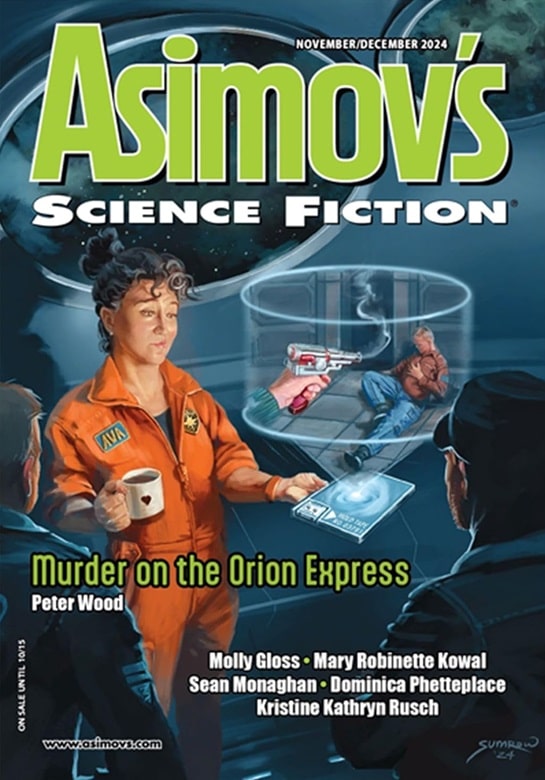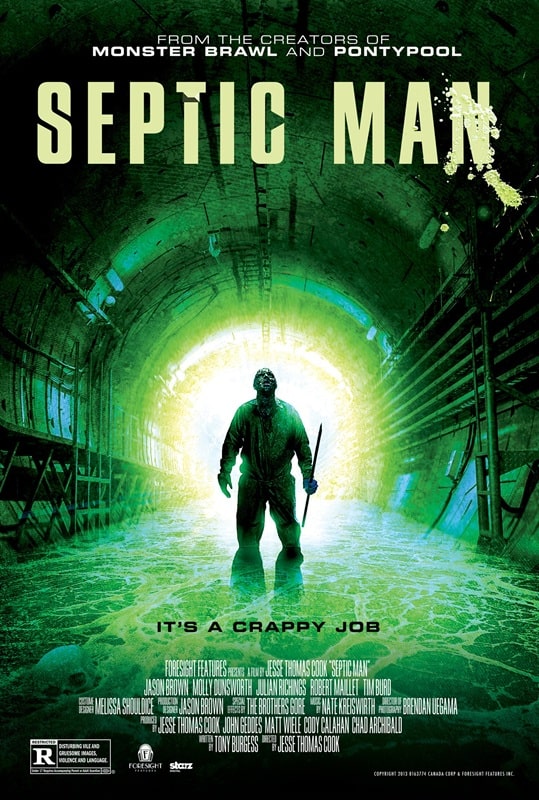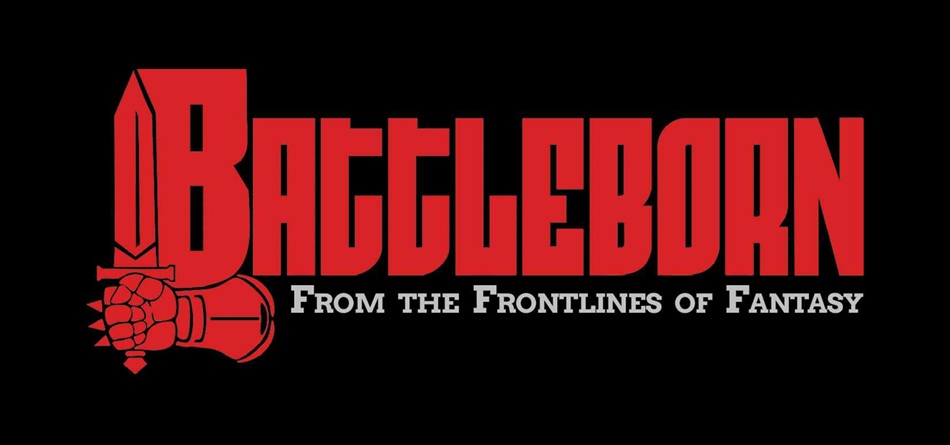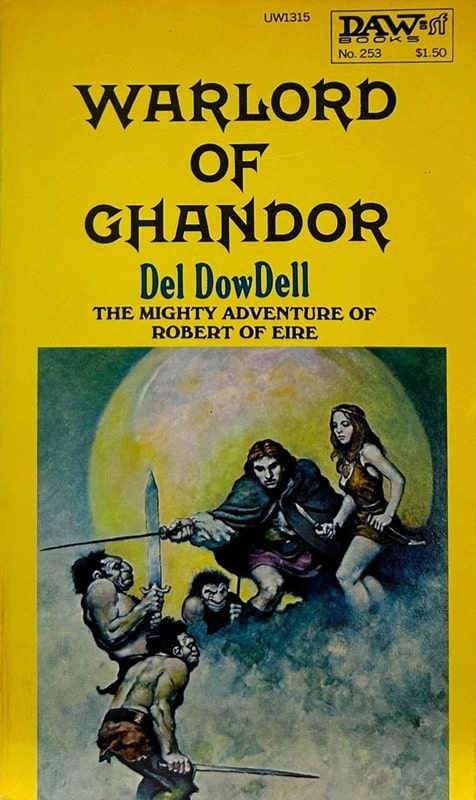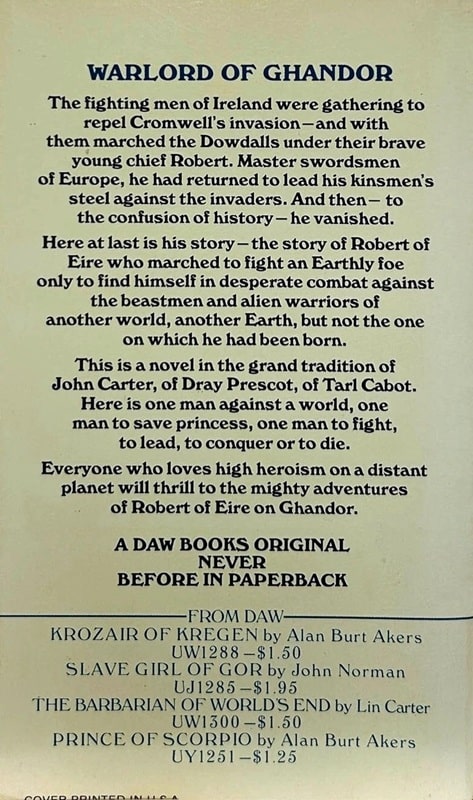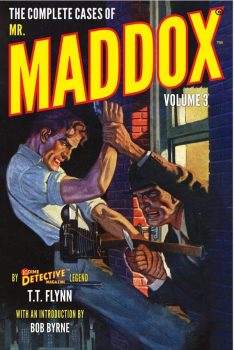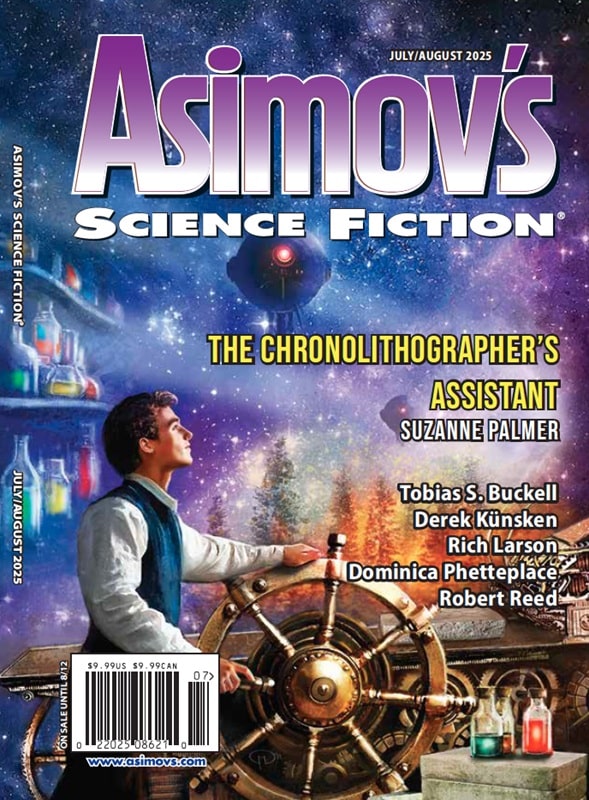“You’re the second guy I’ve met within hours who seems to think a gat in the hand means a world by the tail.” – Phillip Marlowe in Raymond Chandler’s The Big Sleep
(Gat — Prohibition Era term for a gun. Shortened version of Gatling Gun)
 Pulp Fest took place in Pittsburgh first week of the month. It’s a really cool event, and the Hilton Doubletree is a nice site. I really enjoy it. Steeger Books rolls out its summer line at this event. And for the third year in a row, there was a new Continental Op collection, with a brand new intro by yours truly. Getting to write about Dashiell Hammett remains a definite thrill. This volume wrappd up his pre-Cap Shaw career. Here’s my new intro. Looking forward to Volume IV.
Pulp Fest took place in Pittsburgh first week of the month. It’s a really cool event, and the Hilton Doubletree is a nice site. I really enjoy it. Steeger Books rolls out its summer line at this event. And for the third year in a row, there was a new Continental Op collection, with a brand new intro by yours truly. Getting to write about Dashiell Hammett remains a definite thrill. This volume wrappd up his pre-Cap Shaw career. Here’s my new intro. Looking forward to Volume IV.
Welcome to Volume three of Steeger Books’ series on the Continental Op. Hammett had written fifteen Op stories of varying quality for Black Mask, and one rejection found its way into True Detective Mysteries (though they weren’t actually ‘true’).
He had followed hard on the heels of Caroll John Daly, whose Three-Gun Terry Mack appeared in May of 1923, and just two weeks and one issue later came the first Race Williams story, “Knights of the Open Palm.”
After one more Williams shoot-fest, Black Mask printed “Arson Plus,” and Dash Hammett began reshaping the fresh clay that was the new hardboiled school. The quality of Hammett’s work immediately surpassed that of Daly’s, though it was up-and-down. Hammett’s drinking, health issues, personal life, and problems with (his second) editor Phil Cody, made the Continental Op a bumpy ride.
Here we have the final five stories he wrote for Cody – before he quit Black Mask. Yep. Quit. Had Joseph ‘Cap’ Shaw not been committed to bringing back Hammett, we would not have had Red Harvest, or The Maltese Falcon. Hammett was willing to quit the Pulps, rather than continue to labor under Cody’s financially-unrewarding yoke.
…
Read More Read More
